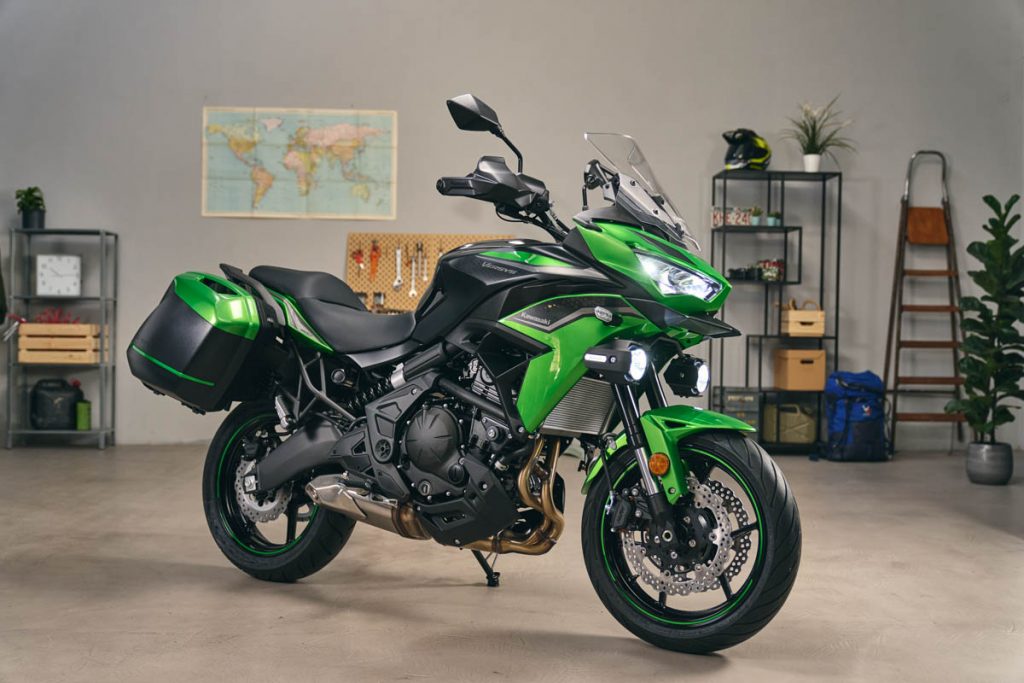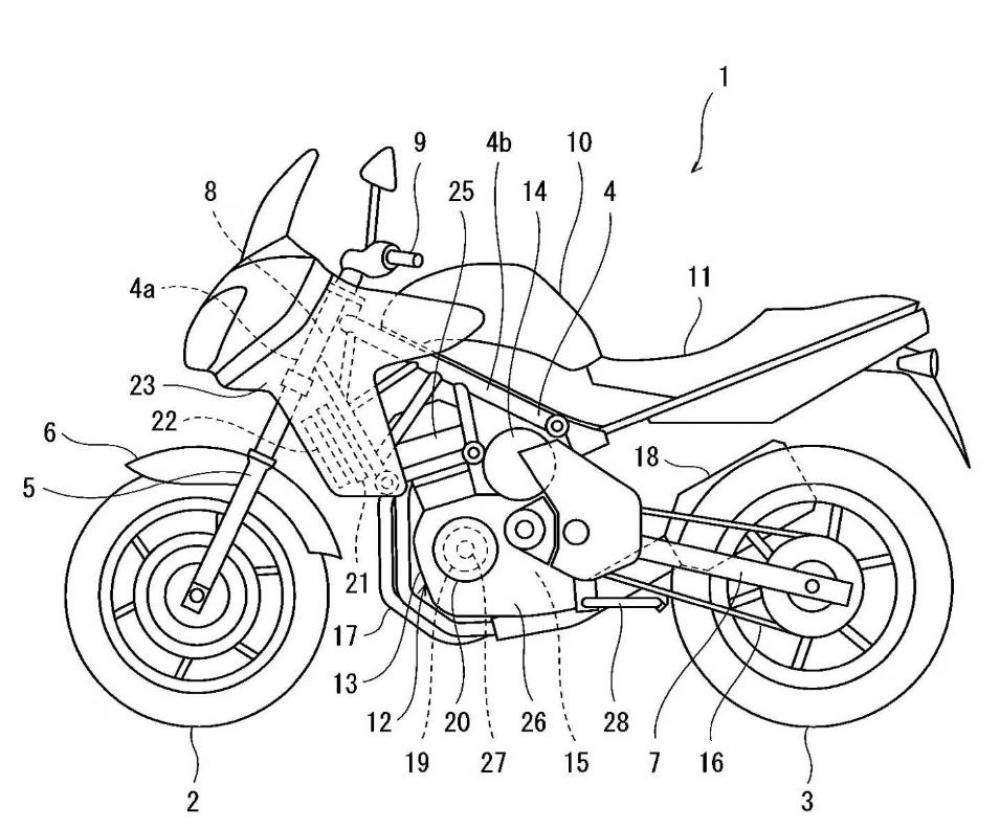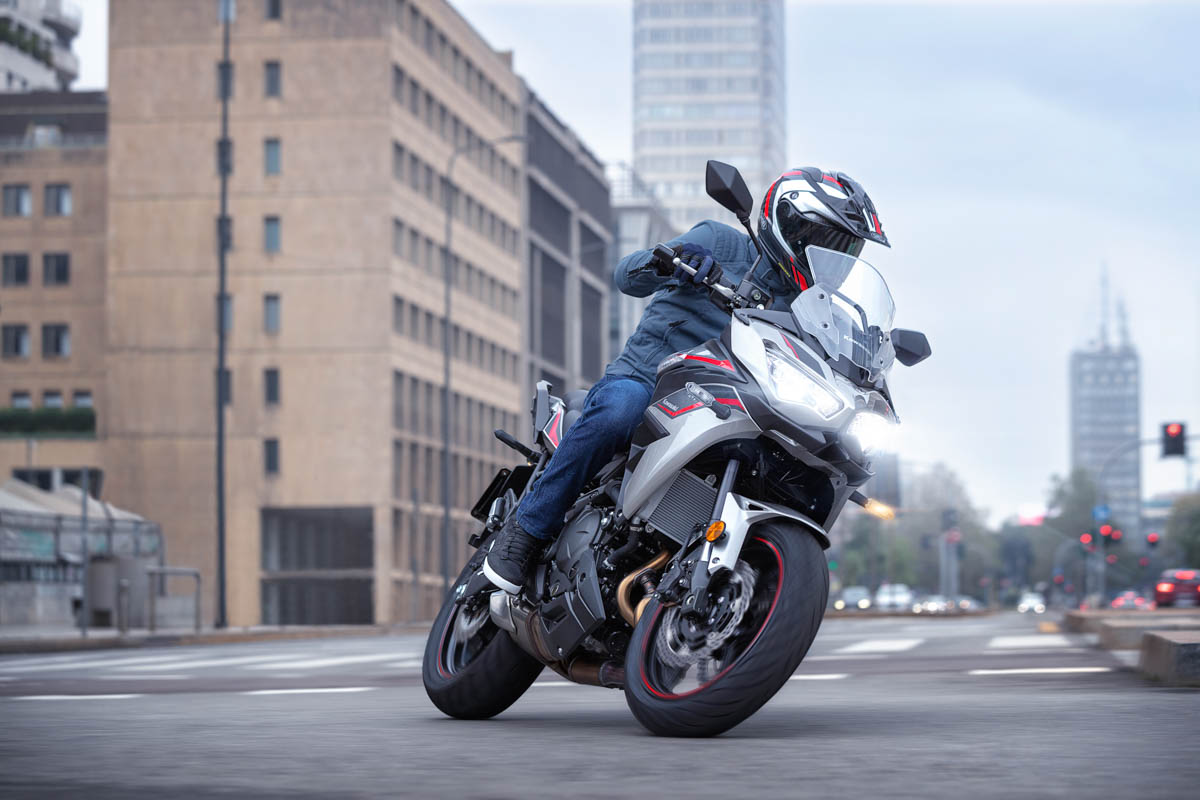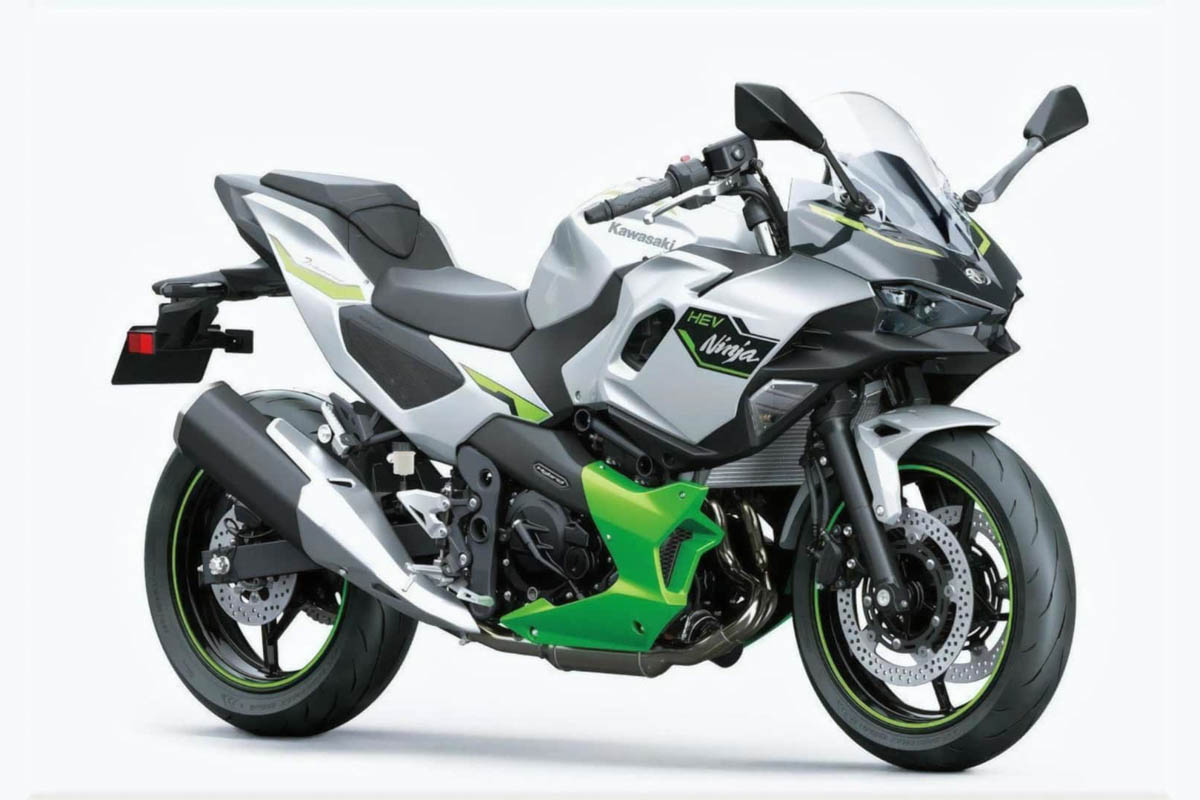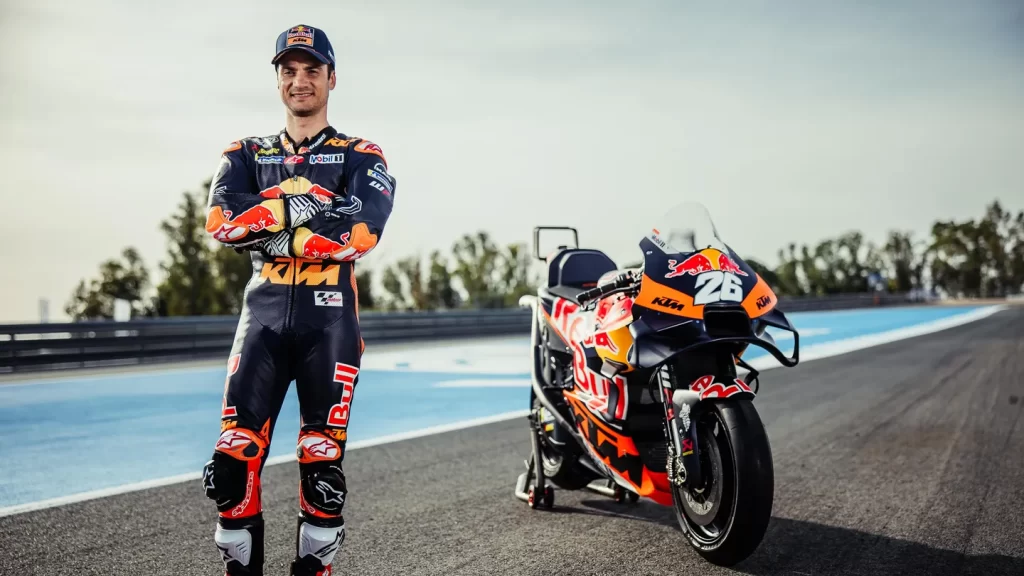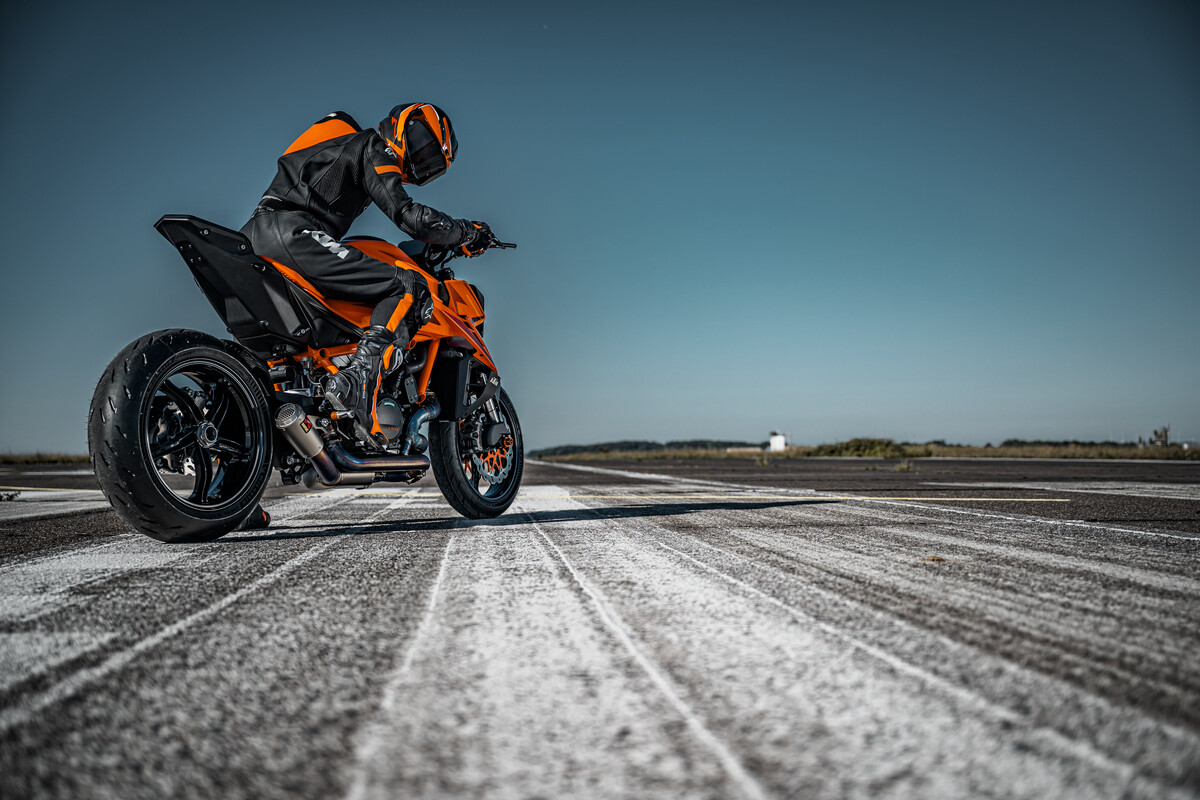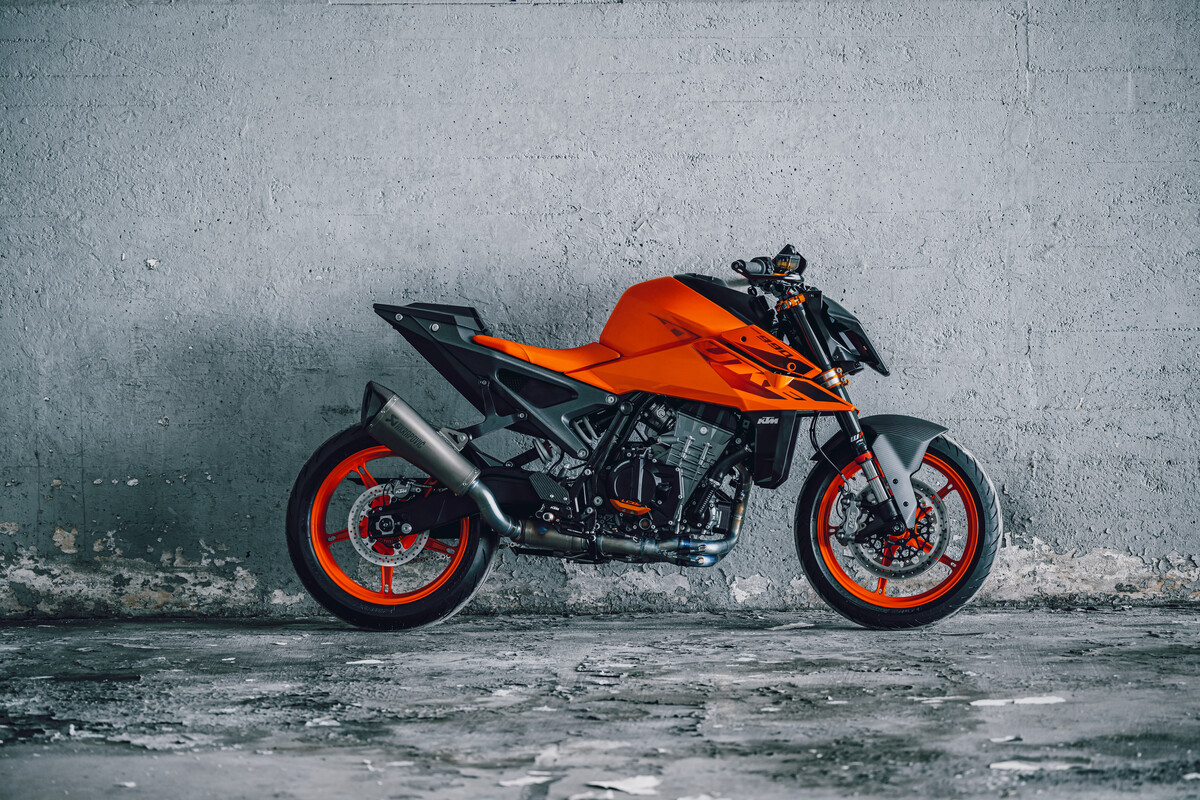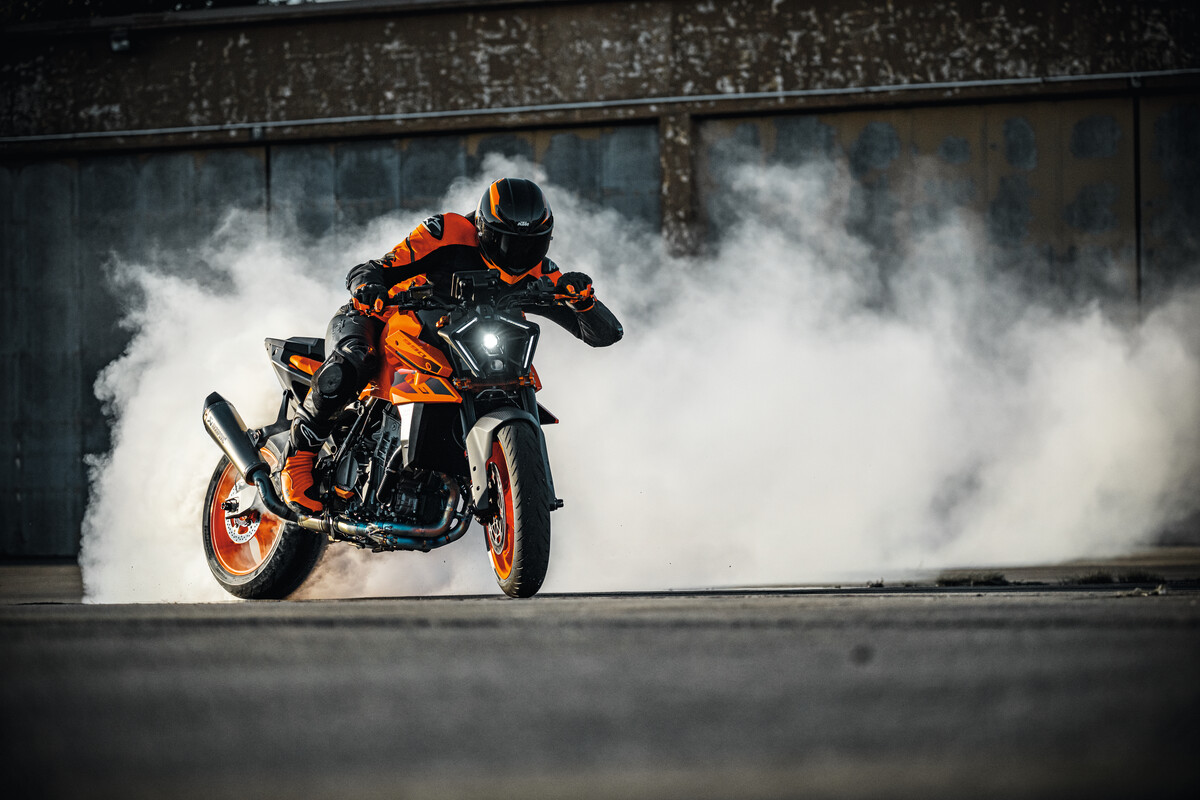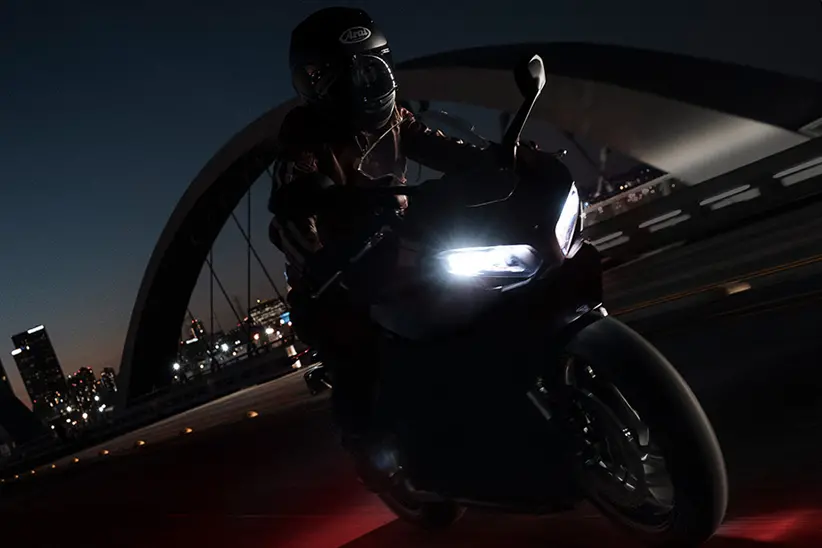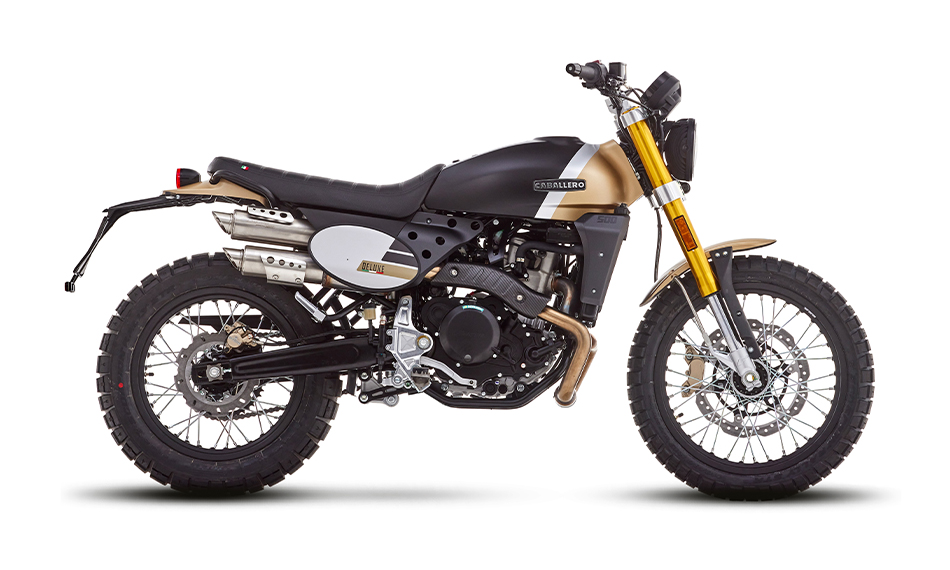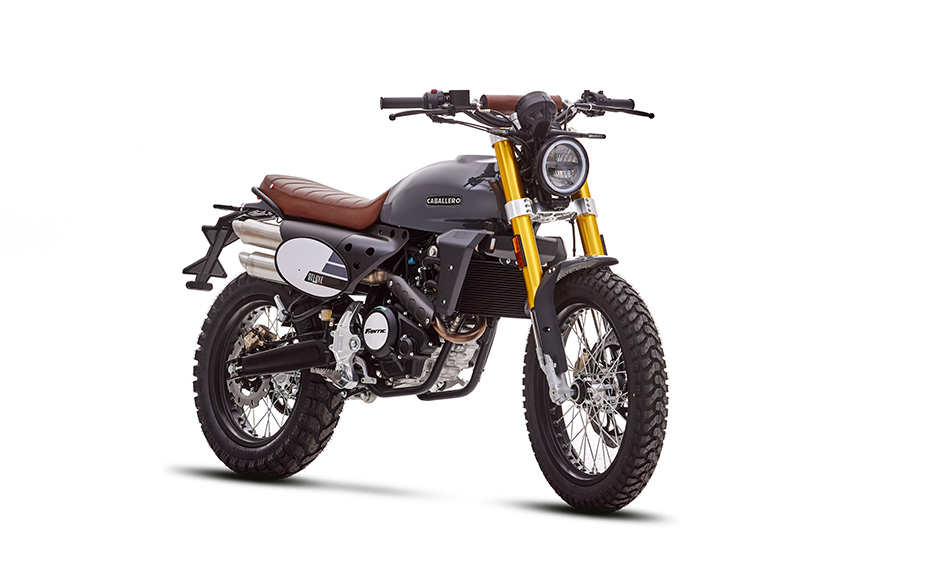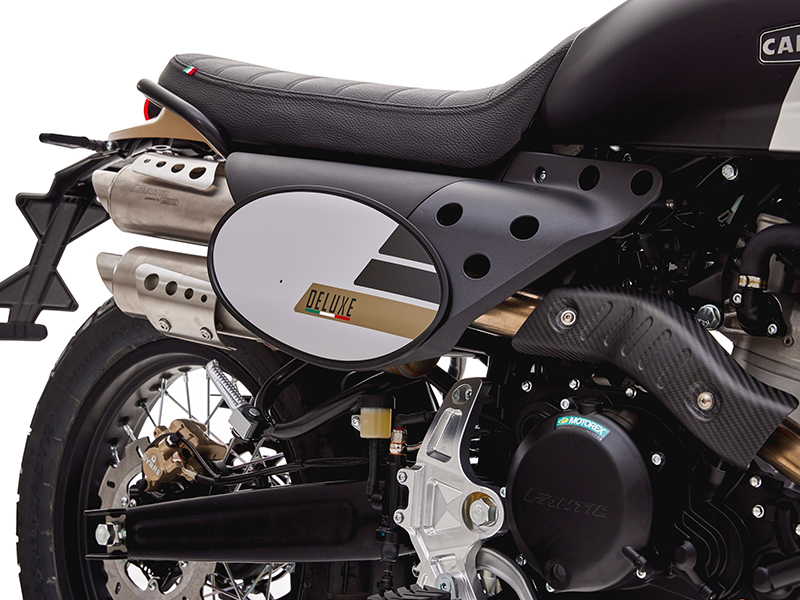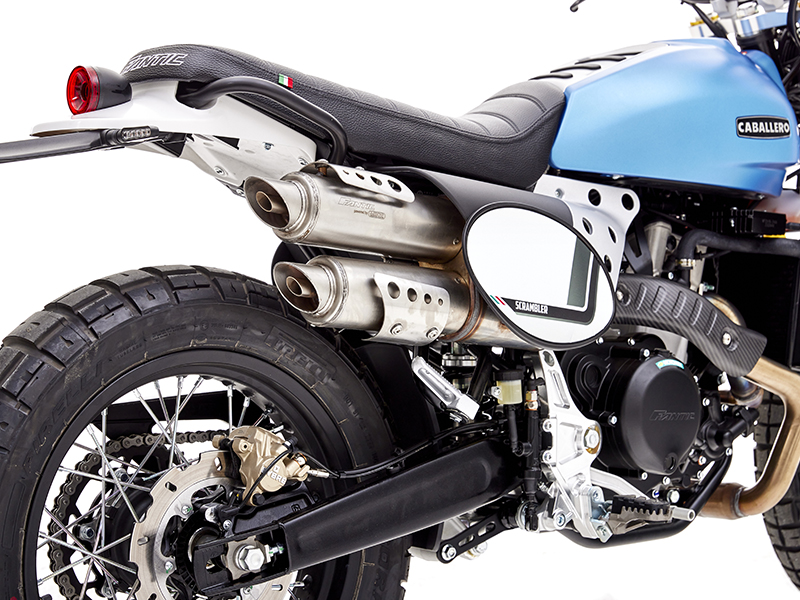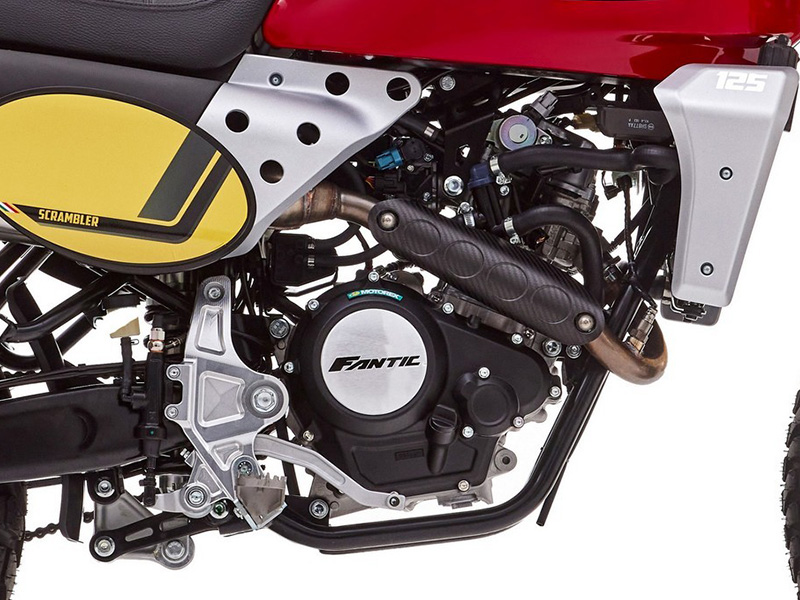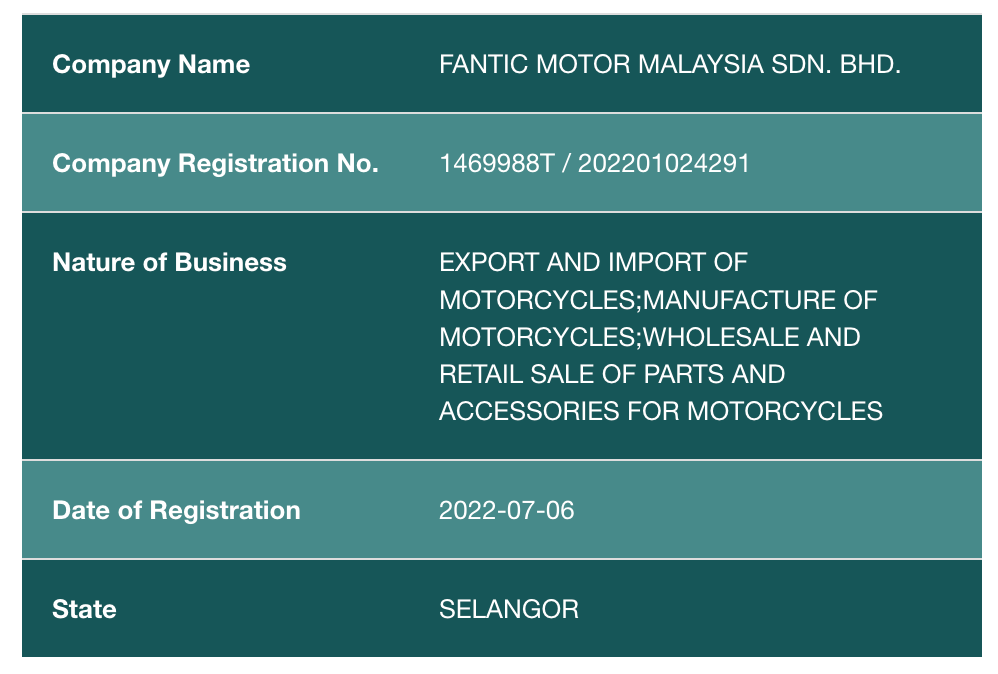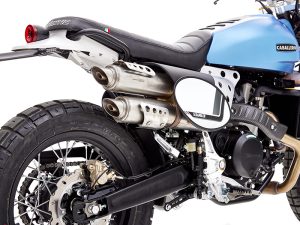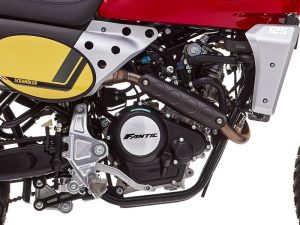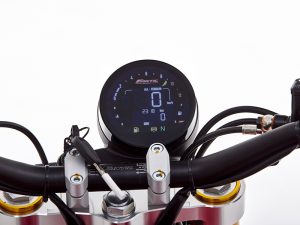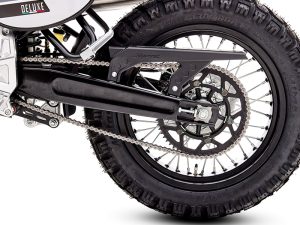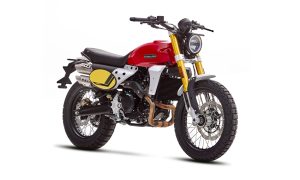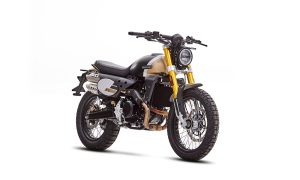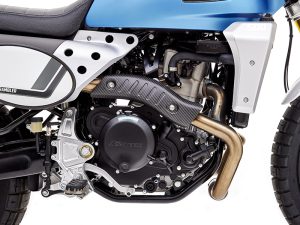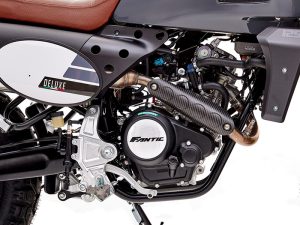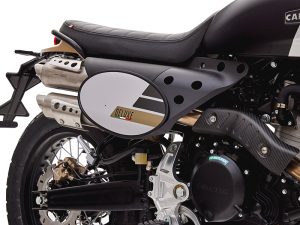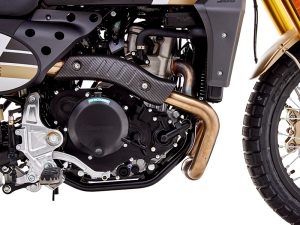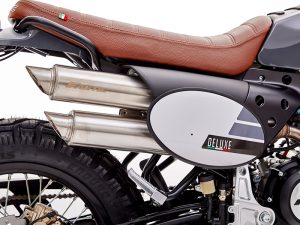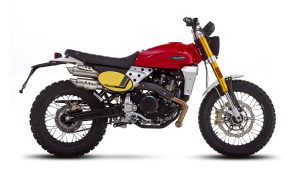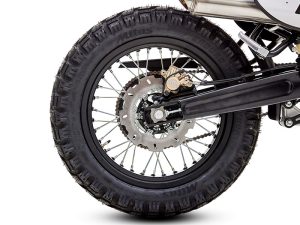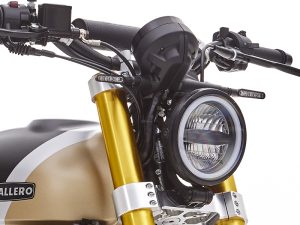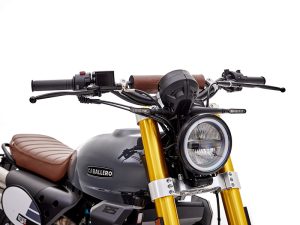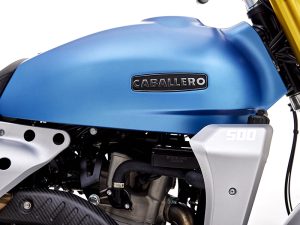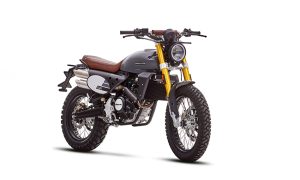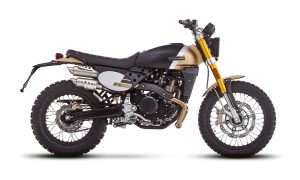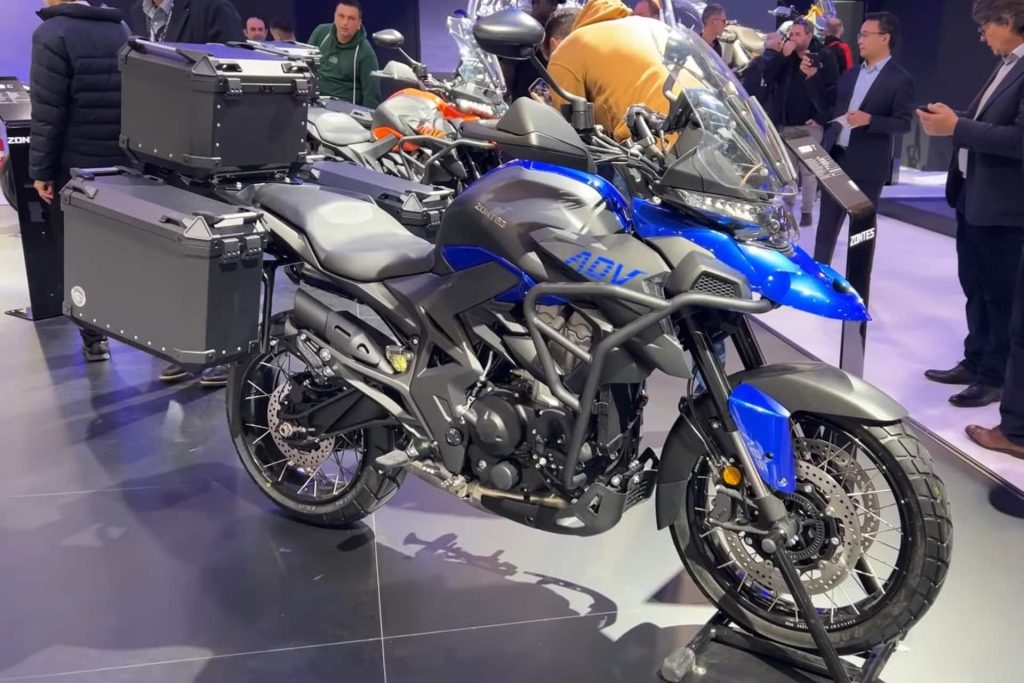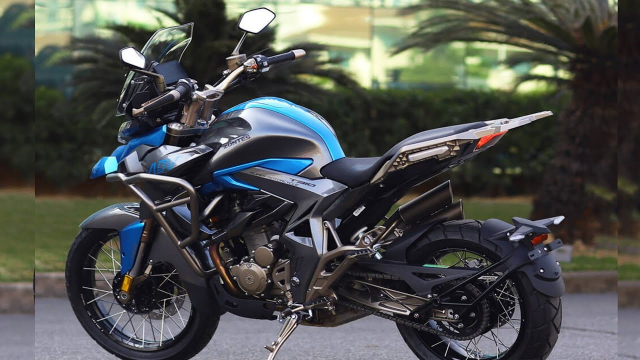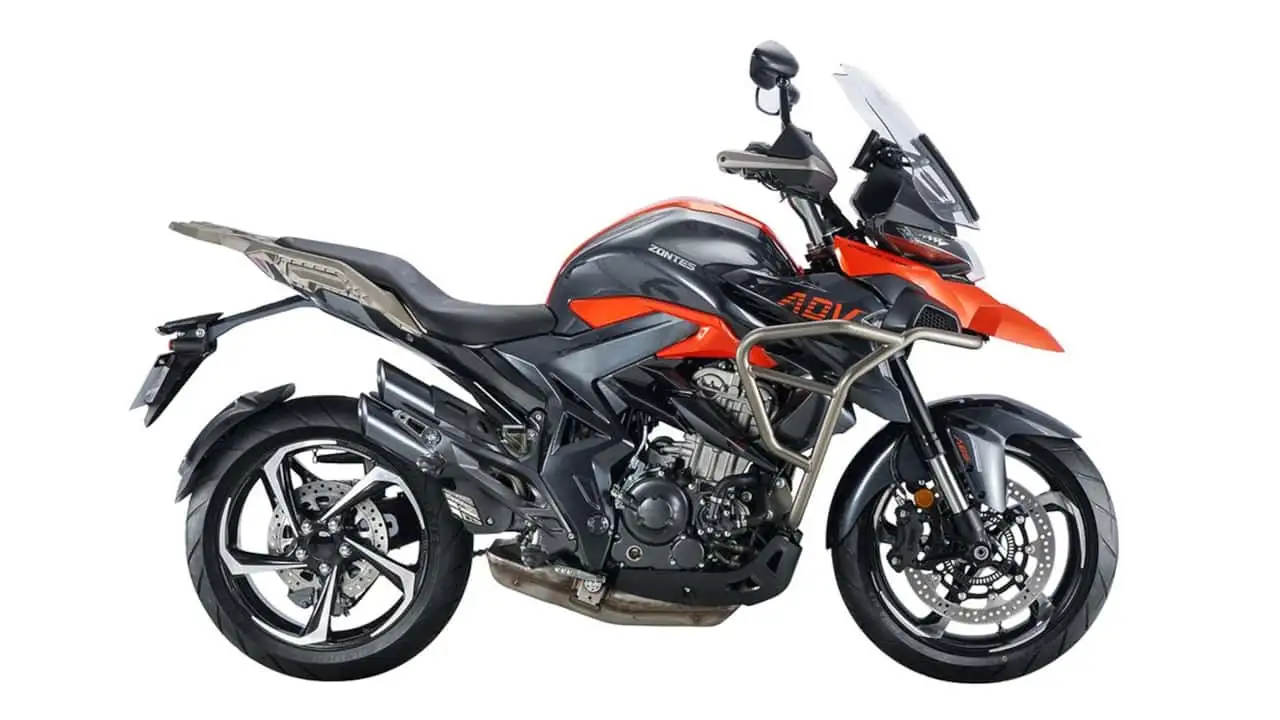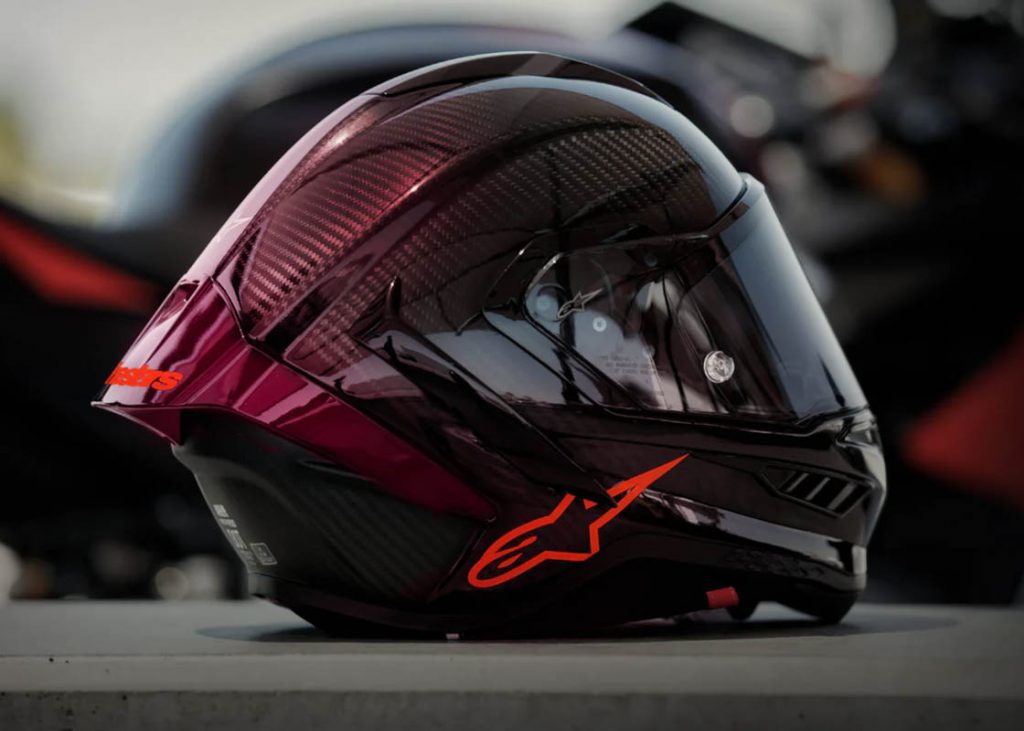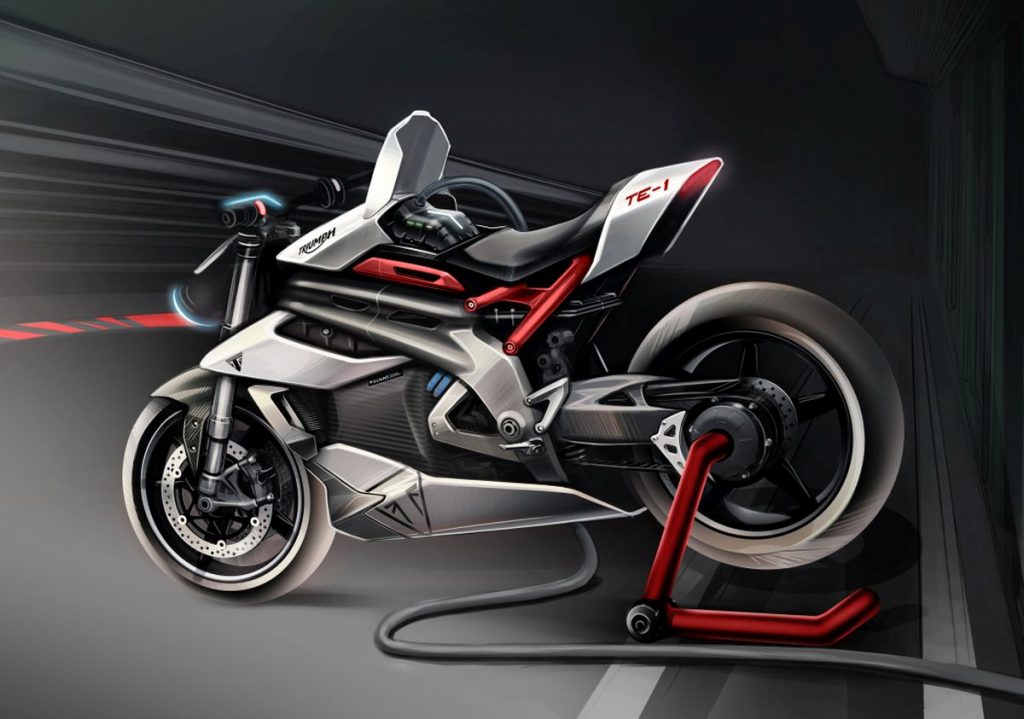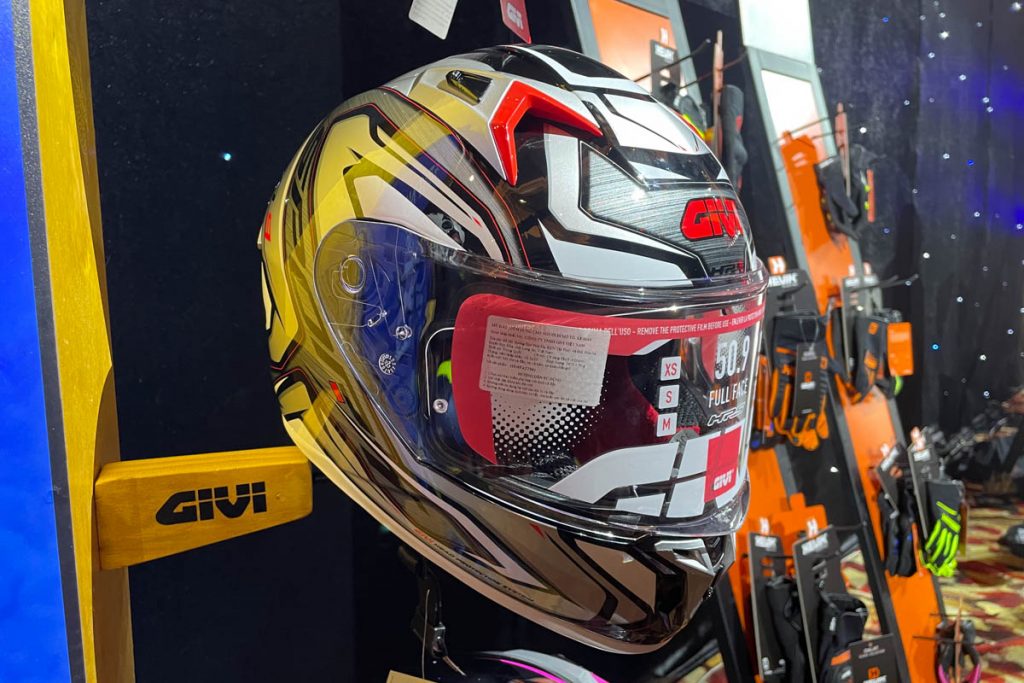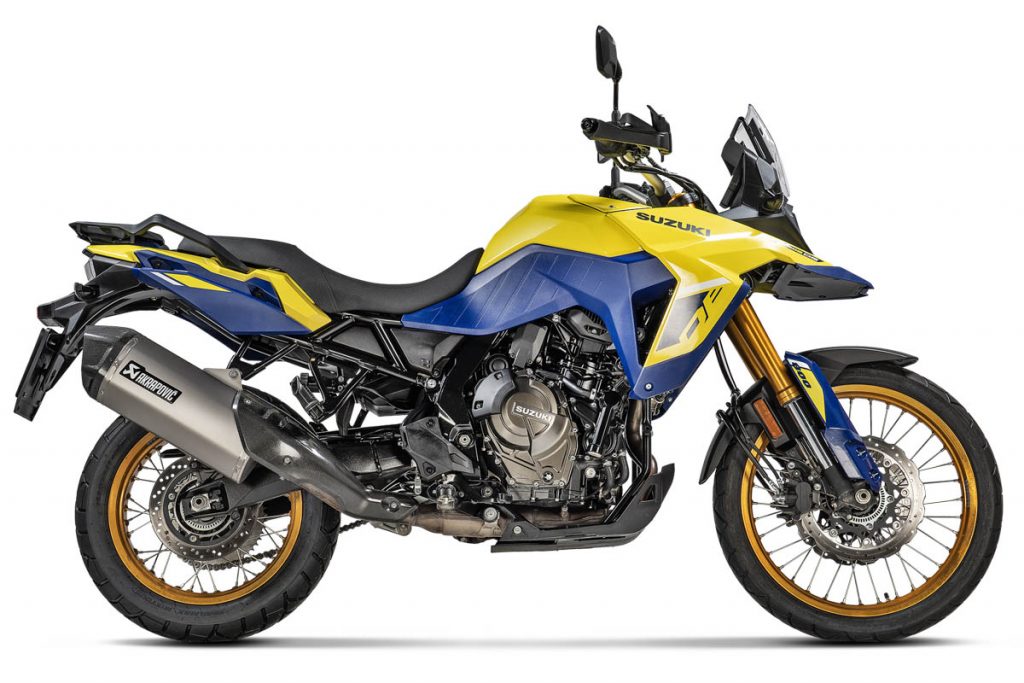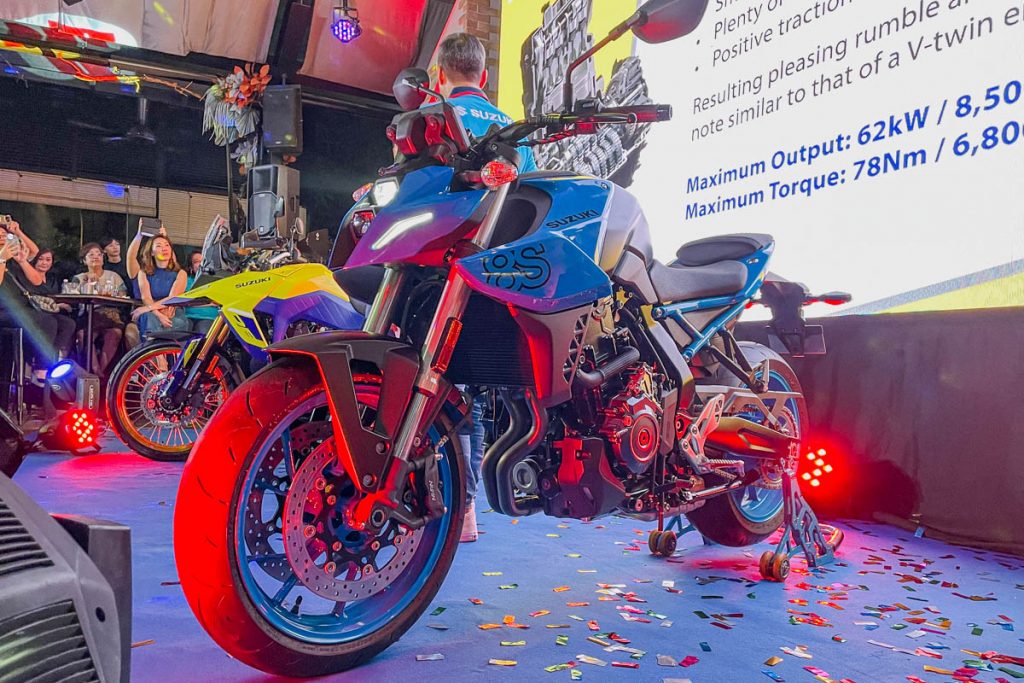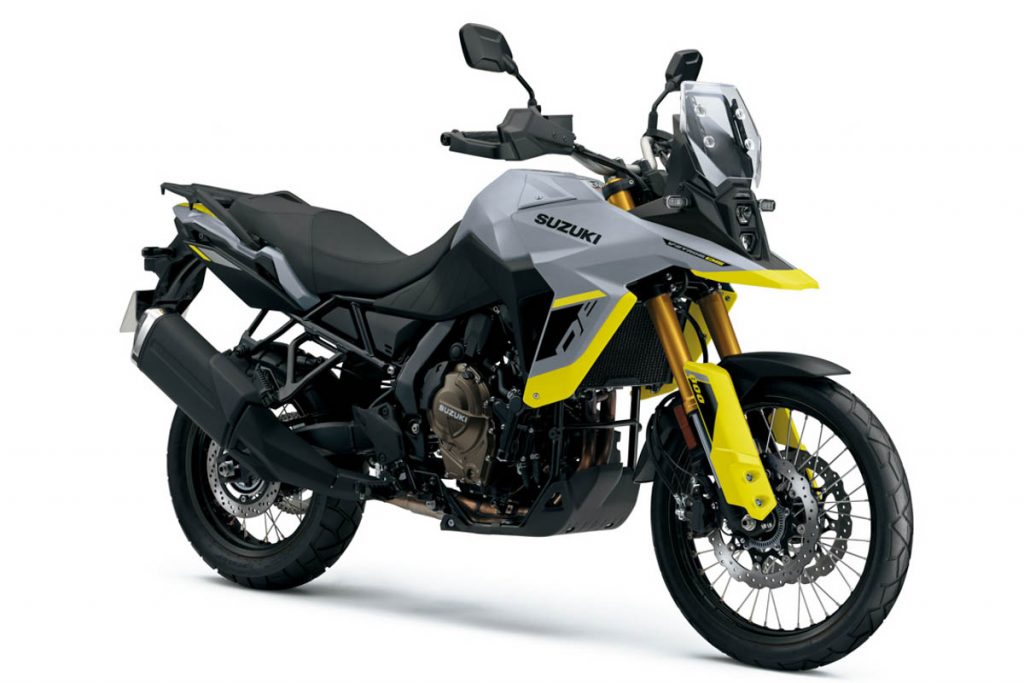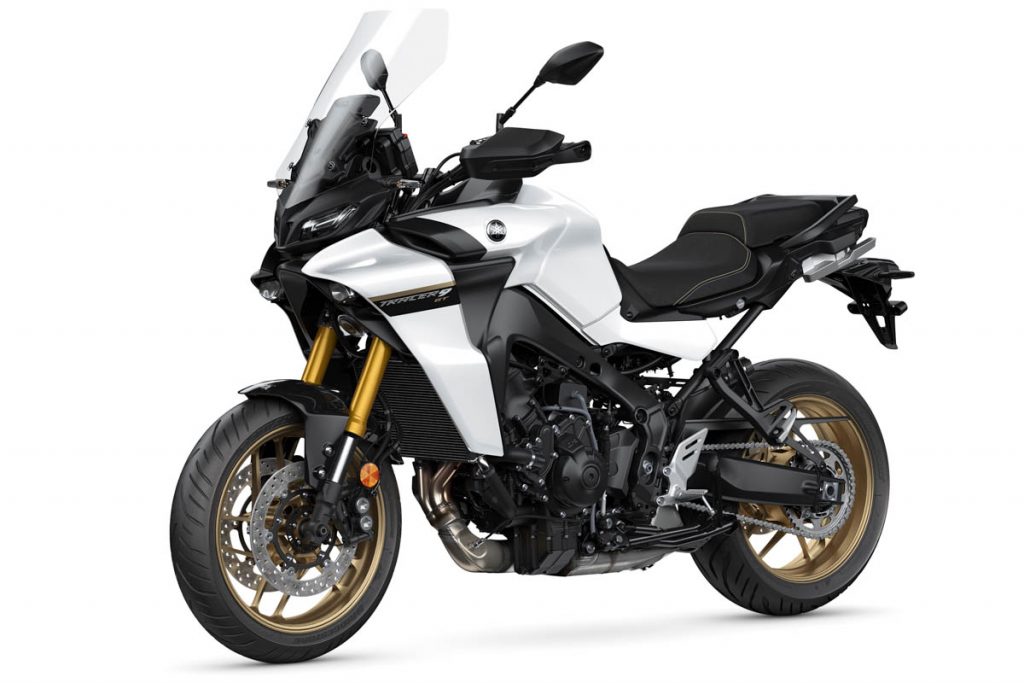An upcoming Kawasaki hybrid motorcycle has been uncovered through new patent illustrations. The images, disclosed by the Italian publication Motociclismo, depict a bike based on the Kawasaki Versys touring model, yet distinguished by the integration of a hybrid power unit, departing from the conventional internal combustion engine.
This development aligns with Kawasaki’s existing hybrid offerings, namely the faired Ninja 7 Hybrid and the naked Z 7 Hybrid. The hybrid system comprises a 9kW electric motor working in tandem with a 451cc parallel twin-cylinder combustion engine.
The prospective ‘Versys Hybrid’ signifies a departure from Kawasaki’s current partially electric models, the Ninja 7 Hybrid and Z 7 Hybrid, which cater to the sports and naked categories, respectively. These categories prioritize performance over extended journeys, unlike the touring segment.
The significance of a hybrid in the touring context goes beyond mere range considerations. While a hybrid ensures continued operation once the battery is depleted, its advantage lies in maintaining robust performance during lengthy rides—an assurance that traditional power units, relying on a single power source for the rear wheel, offer.
Despite the seemingly modest 1.4kWh battery employed in the Ninja 7 Hybrid and Z 7 Hybrid, Kawasaki couples it with the 451cc parallel twin, delivering 69bhp to the rear wheel in both models. This output, slightly surpassing the Versys 650’s 66bhp, emphasizes the potential for sustained performance over extended distances.
While Kawasaki has yet to commit to a complete transition from combustion models to hybrids with comparable performance, the efficacy of a hybrid Versys over extended distances, coupled with Kawasaki’s assertion of 250cc-like fuel consumption from its existing hybrid bikes, suggests the possibility of the Versys 650 being considered for such an innovative transformation.



